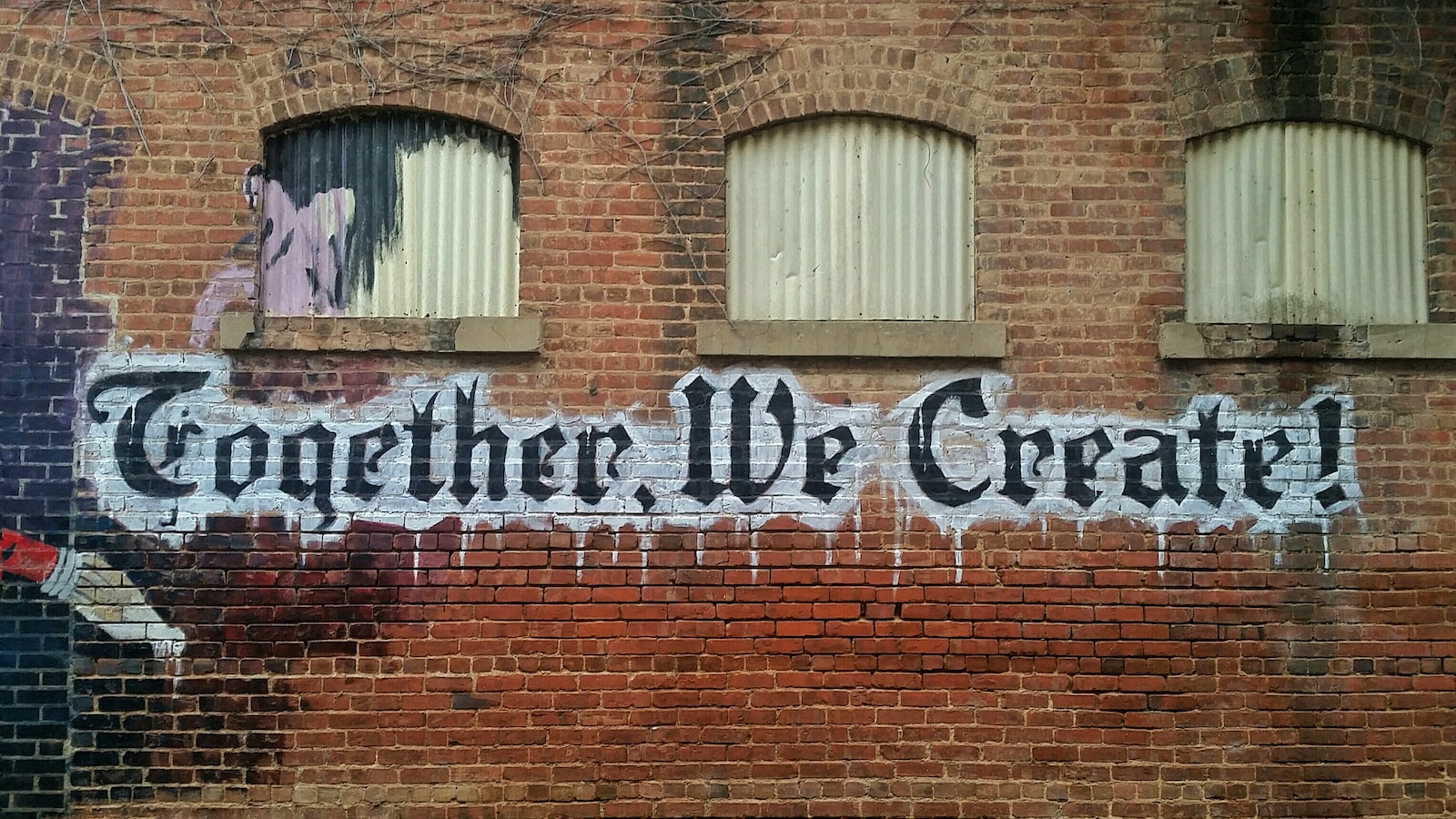When it comes to creating a successful film or television show, having strong brand collateral is essential for making a lasting impression on the audience. Brand collateral includes all the visual elements associated with a film or TV show, such as posters, trailers, and promotional materials. These elements play a crucial role in capturing the essence of the production and enticing viewers to engage with it.
One of the key aspects of designing brand collateral for maximum impact is ensuring that it accurately reflects the tone and themes of the film or TV show. This involves carefully selecting imagery, colors, and typography that align with the overall aesthetic and message of the production. For example, a horror film would likely use dark, ominous imagery and bold, dramatic fonts to convey a sense of fear and suspense, while a lighthearted comedy might opt for bright, playful colors and whimsical typography to evoke a sense of fun and laughter.
In addition to aligning with the overall tone of the production, brand collateral should also be designed with the target audience in mind. Understanding the demographics and preferences of the intended viewers is crucial for creating collateral that resonates with them. For example, a film aimed at a younger audience might incorporate trendy, eye-catching visuals and social media-friendly content, while a more mature, sophisticated audience might respond better to elegant, understated designs and thought-provoking messaging.
Another important consideration when designing brand collateral is consistency across all materials. From posters to social media graphics to merchandise, each element should maintain a cohesive look and feel that reinforces the brand identity of the film or TV show. This helps to establish a strong, recognizable presence in the minds of the audience and builds anticipation for the production.
Finally, it’s essential to leverage the power of storytelling in brand collateral. Just as the film or TV show itself tells a compelling story, the promotional materials should also engage viewers and entice them to become emotionally invested in the production. Whether through evocative imagery, intriguing taglines, or captivating trailers, brand collateral should aim to create a sense of intrigue and excitement that compels the audience to want to learn more and ultimately experience the production.
In conclusion, designing brand collateral for maximum impact requires careful consideration of the production’s tone, target audience, consistency, and storytelling. When executed effectively, brand collateral can elevate the visibility and desirability of a film or TV show, ultimately contributing to its success in the competitive entertainment industry.




